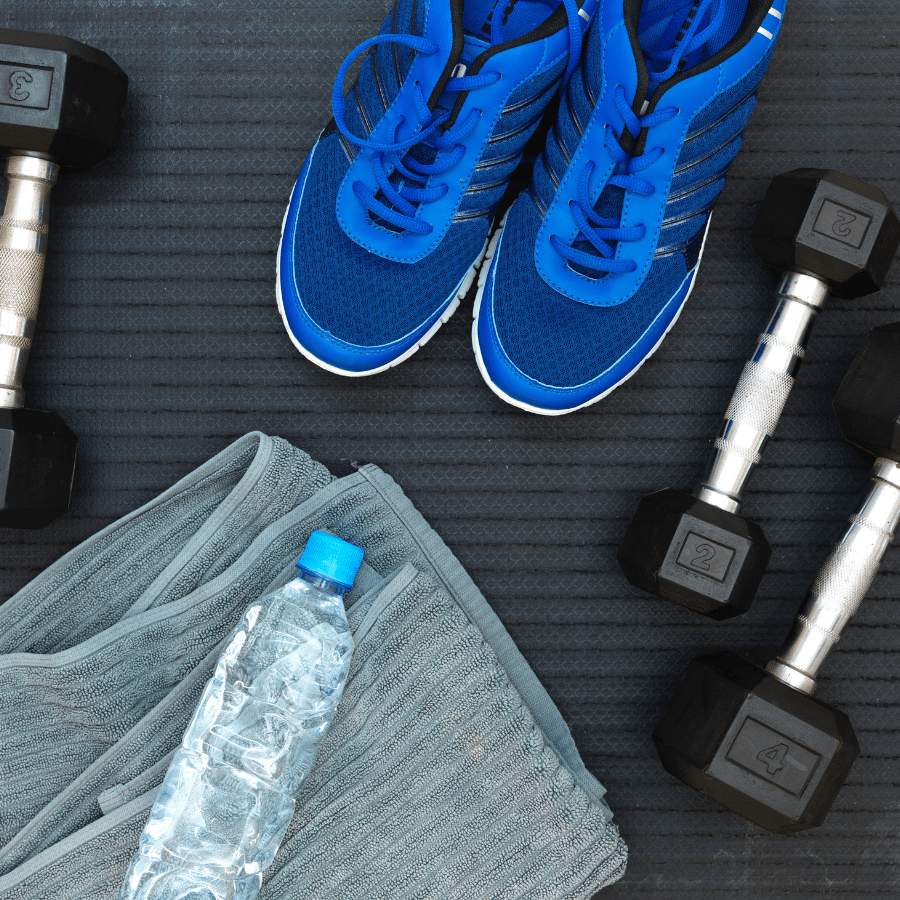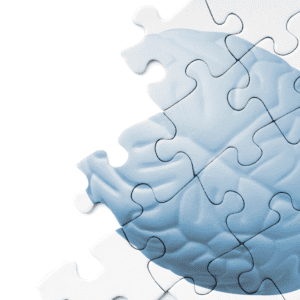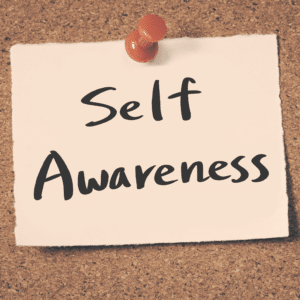개요
운동은 전반적인 건강에 중요한 요소이지만, 학생들에게는 어떤 의미가 있을까요? 우선, 운동은 기억력과 집중력을 향상시키는 데 도움이 됩니다. 하지만 심장 박동을 높이는 데는 다른 이점도 있습니다. 학생들이 스트레스 수준을 조절하고 학교에서 압도감을 덜 느끼는 데 도움이 됩니다. 교사는 운동에 있어서 롤모델이 될 수도 있으며, 학생들이 러닝머신이나 헬스장에서 함께 운동하도록 격려해야 합니다!운동은 뇌 발달에 중요합니다.
Exercise stimulates the brain, increases blood flow and oxygen to the brain, and may increase nerve growth factor (NGF). NGF is a protein that helps neurons grow and develop. It has also been linked to improved memory formation in mice. Exercise improves cognitive function by increasing blood flow to the brain; this helps remove toxins from cells and deliver nutrients like glucose for energy production. In addition to helping with concentration, exercise can improve your mood by releasing endorphins–the “feel good” hormones–in your body. Studies have shown that regular aerobic activity can help improve memory performance in people of all ages운동은 기억력과 집중력을 향상시킵니다.
Physical activity can improve memory and focus. For example, a study published in the Journal of Sleep Research showed that those who exercised for 30 minutes at least 3 times per week had better sleep quality than those who did not exercise. Another study found that students who walked to school scored higher on tests than students who took public transportation or drove cars. The researchers also noted that children with higher levels of physical fitness were more likely to be successful academically than their less-fit peers.[1] How can you use physical activity as part of your daily routine? There are many ways:운동에 있어서 교사는 롤모델입니다.
Teachers should be role models when it comes to exercise. This means that you should exercise in front of your students, encourage them to get active, and show them how fun it can be. You might think that this is just a good way to set an example for your pupils, but studies have shown that being physically active improves performance in the classroom and increases attention span by up to 30%.신체 활동은 학생들의 스트레스 수준을 조절하는 데 도움이 됩니다.
- 운동은 스트레스를 해소하는 좋은 방법입니다. 집중력과 긍정적 태도를 유지하는 데 도움이 될 수 있는데, 이는 학습에 모두 중요합니다.
- 운동은 밤에 더 나은 잠을 자는 데 도움이 되며, 그러면 다음 날 뇌가 정보를 처리하기가 더 쉬워집니다.
- 운동은 엔돌핀(기분 좋은 화학 물질)을 혈류로 방출하여 불안과 우울증 수치를 낮추고, 전반적으로 행복감을 느끼게 합니다!









